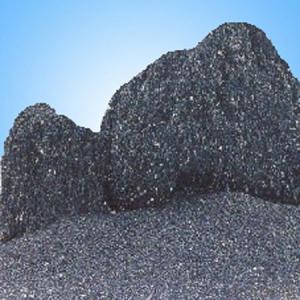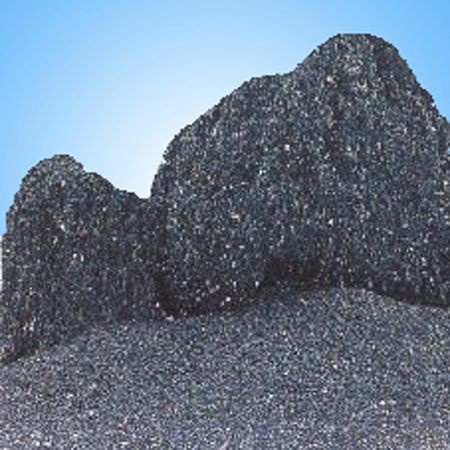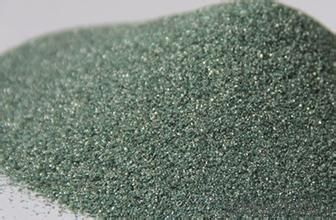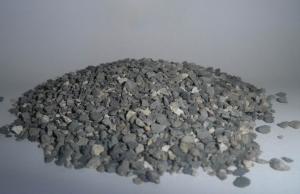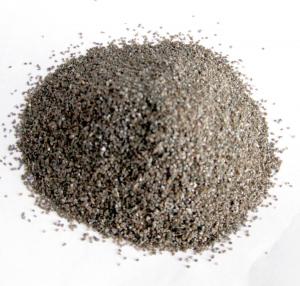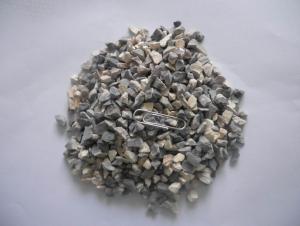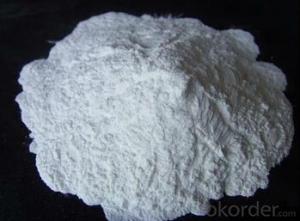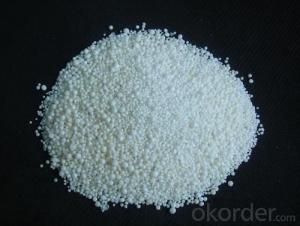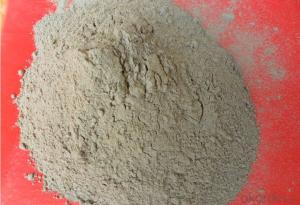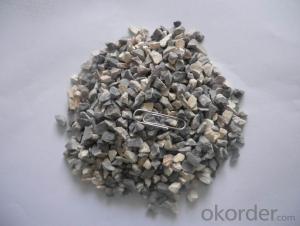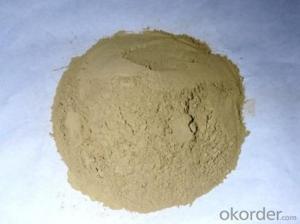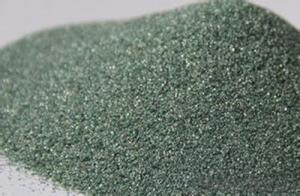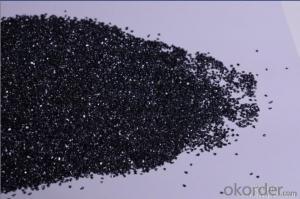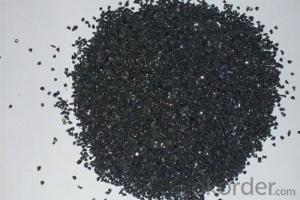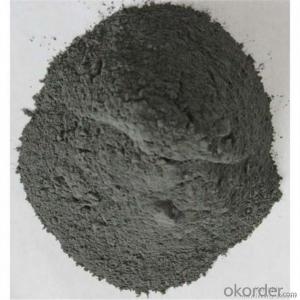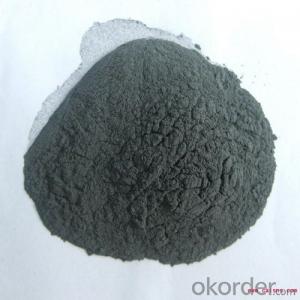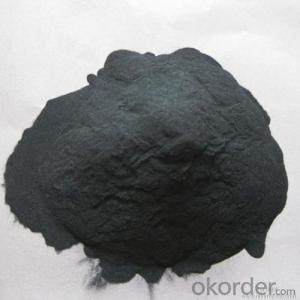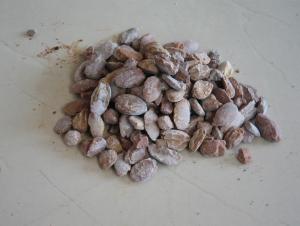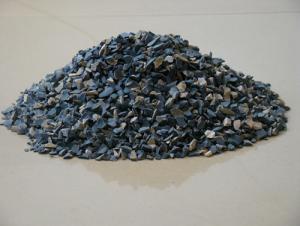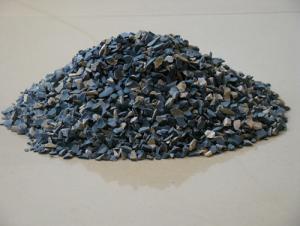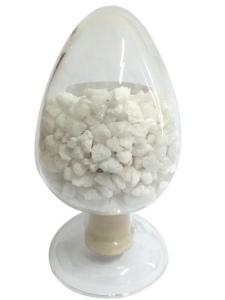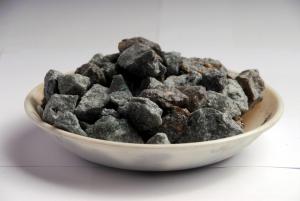Raw Materials for Refractory:Black/Green Silicon Carbide Abrasive & Refractory Grade
- Loading Port:
- China main port
- Payment Terms:
- TT OR LC
- Min Order Qty:
- 25 m.t.
- Supply Capability:
- 2000 m.t./month
OKorder Service Pledge
OKorder Financial Service
You Might Also Like
Quick Details
| Place of Origin: | Shanghai, China (Mainland), Shanghai China (Mainland) | Brand Name: | CNBM | Model Number: | sy1479 |
| Material: | SiC | Usage: | abrasive/metallurgical deoxidizer | Abrasive Grain Sizes: | 16#24#30#36#46#60#80#100#120#150#180#200#325#, 1180-1000u |
| color: | black,green | shape: | lump, briquette,powder | sample: | free |
| SiC: | min97 | Bulk density: | 1.45-1.56 g/m³ | Composition%: | SiO≥95% F. C≤0.3% Fe2O3≤1.2% |
| Proportion: | 3:2 |
Packaging & Delivery
| Packaging Details: | 25kg poly woven bag with inner lining, 500kg jumbo bag, two jumbo bag palletized in a pallet.Other package requirement on request. |
| Delivery Detail: | Within 7 days after receiving the deposit. |
Specifications
Black Silicon Carbide For Abrasive & Refractory
1.High purity
2.Corrosion resistance
3.Good suitability
4.High hardness
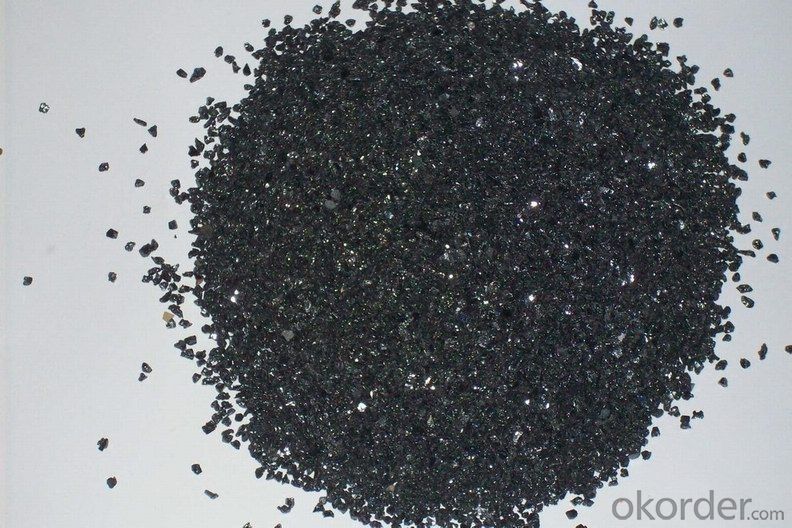
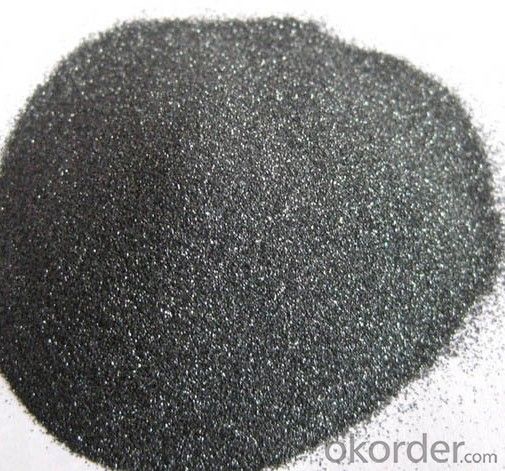
Description
Silicon carbide (SiC) is made from quartz sand and petroleum coke( or coal tar), wood chips as raw material through high temperature smelting in electric resistance furnace.
Applications
1.metallurgical deoxidizer
2.high temperature resistant materials
3.as abrasive, abrasive tools can be used to such as grinding wheels, whetstones, grinding head, sand tile etc
Advantages
1. corrosion resistance, high strength, high hardness,
2.good wear-resisting performance,resist to shock
3.stable chemical performance, high thermal conductivity, high resistant temperature
- Q: Can anyone tell me what material the first rate fire resistant door is?
- Material of Class A fire doors can be divided into steel and wood, so fire doors can be divided into fireproof steel door and fireproof wooden door. In fact, fire doors of all classes are divided into steel, wood, steel and wood, and other materials (see GB ). Mainly depending on what kind of material the customers want. The fire door is called class A fire door not because of the material but because of the fire-resistant time. The fire resistant time of class A fire door is not less than 1.2 hours and fire doors as long as meeting this condition can be called class A fire doors . The filling material in class A fire doors is generally perlite, whose difference is in thickness. A few of them will use fireproofing materials like foam core board, vermiculite fireproof board, MC composite material and so on. The thickness of class A fire door is usually 50mm. I hope my answer can help you.
- Q: Are the specification of fireclay bricks and ordinary clay brick the same?
- The standard size of refractory bricks in our country is: 230mm × 114mm × 65mm; ordinary brick: 240 ×115 ×53, building blocks: (it is divided into blind hole and via) 240×390×190, 240×190×190, 240×90×190, 190×190×190, 190×390×190, 190×190×190, 190×90×190, 140×390×190, 140×190×190, 990×200×400, 0×390×190, 90×190×190, 90×90×190. Another is interlocked hollow block : 90×200×400,90×200×245,90×200×200,90×200×100,90×200×290,150×200×275,150×200×200,150×200×100,150×200×290.
- Q: What material is refractory material?
- Basic refractory materials, basic refractory, CaO, basic, MgO style alkaline earth oxide. The refractory materials mainly refers to magnesia refractories, dolomitic and lime refractory refractory. Main categories: (1) strongly basic magnesite brick, magnesia carbon brick, limestone and dolomite brick refractory materials;(2) alkalescent magnesia chrome refractories, forsterite refractory, magnalium and magnesia-chrome spinel refractory, basic refractory materials, high-temperature caustic slag, alkaline solvent resistance, strongly acidic slag flux or acidic refractory. The reaction is mainly used in steel furnace such as colour metal smelting furnace and cement kiln.
- Q: Refractory factory grinding brick dust harmful to the body?
- The effect is very large and belongs to lung disease.
- Q: I would like to ask a friend that how much is the fire endurance of level A fireproofing glass?
- Fireproofing doors can be divided into Class A, Class B and Class C by the fire endurance, the fire endurance is seperately not less than 1.20h, 0.90h and 0.60h. Fireproofing glass is a kind of special glass which can retain its integrity and insulation in the prescribed fire test, it can be divided into three categories according to fire resistance rating: class A is the fireproofing glass with refractory integrity and refractory thermal insulation. Such glass has the properties of transmittance, fireproofing (smoke insulation, fire insulation, heat radiation shielding), sound insulation and shock resistance, which is suitable for architectural steel and wood fire doors, windows, partition walls, daylighting?roof, ceiling?screen, perspective floor and other building components required both transparent and fireproofing. Class B is a fireproofing glass with refractory integrity and thermal radiation intensity. Such fireproofing glass is mostly composite fireproofing glass with transmittance, fireproofing and smoke insulation. Class C is a fireproofing glass with refractory integrity. Such glass has the features of transmittance, fireproofing, smoke insulation and high strength. it can used in partition wall, fire window and outdoor curtain wall without the thermal insulation requirements. fireproofing glass can be divided into composite fireproofing galss and monolithic fireproofing glass by the structure.
- Q: What are the types of refractory sealant?
- Refractory sealant has low exothermicity and will form a hard corking content during burning, it includes: Liquid polysiloxane has at least two active groups selected from alkoxy, hydroxy and alkenyl; a cross-linking agent, a catalyst, a reinforcing filler and wollastonite. These cured silicone rubber sealant has low heat release and will form a hard coking content structure while buring. Refractory sealant composition can be used in sealing structure to prevent flames, air and other steams passing. 1. In a liquid organic polysiloxane polymeters, each R1 is independently selected from the alkyl, aryl, alkenyl and haloalky which has 1-18 carbon atoms, and each R2 is independently selected from the hydroxy, alkoxy, alkenyl, and X is an integer from about 10 to 1,500. 2. A crosslinking silicone compound having at least 3 silicon-bonded eactive groups. 3. A R2 pressed of silicon bonding capable of promoting component A. 4. Wollastonite and a selective reinforcing filler.
- Q: What are the characteristics of clay refractory materials?
- Refractory clay refers to the refractory clay and bauxite, whose refractoriness is over 1580℃, which can be used as refractory materials. Apart from high refractoriness, they can maintain stability of volume under high temperature conditions and has resistance to slag, the sudden cold and hot, and mechanical strength, so after calcination, it can be abnormal firm.
- Q: Graphite and other carbon materials may be oxidized to CO or CO2 at high temperatures. But why can they be refractories?
- There is no contradiction for this. Any substance can be combustible, but different materials have different ignition points.There are many types of graphite. Pyrolytic graphite has a much lower ignition point. Therefore, as long as it reaches at a certain temperature, it can convert into graphite. Mostly, in practical applications (such as brake pads will add a certain amount of graphite), graphite is required to have refractoriness of below 1000 ℃. Graphite can serves as both the combustible and refractory material. So, it can be used as a fire-resistant and high-temperature-resisrant material because graphite (lamellar graphite) has a ignition point of at least 3000 degrees in an oxygen free condition. The above information is for reference only and is offered by Xin Ruida Graphite Company.
- Q: What are the differences of ceramics and refractories? Is the ceramics belonging to refractories?
- No In the high school chemistry, the former is talking about the traditional inorganic material, the latter is belonged to the new materials.
- Q: Classification of porosities in refractories and their effects on properties
- The pores in refractory include open pores, through pores and closed pores.
Send your message to us
Raw Materials for Refractory:Black/Green Silicon Carbide Abrasive & Refractory Grade
- Loading Port:
- China main port
- Payment Terms:
- TT OR LC
- Min Order Qty:
- 25 m.t.
- Supply Capability:
- 2000 m.t./month
OKorder Service Pledge
OKorder Financial Service
Similar products
Hot products
Hot Searches
Related keywords
